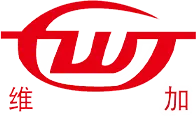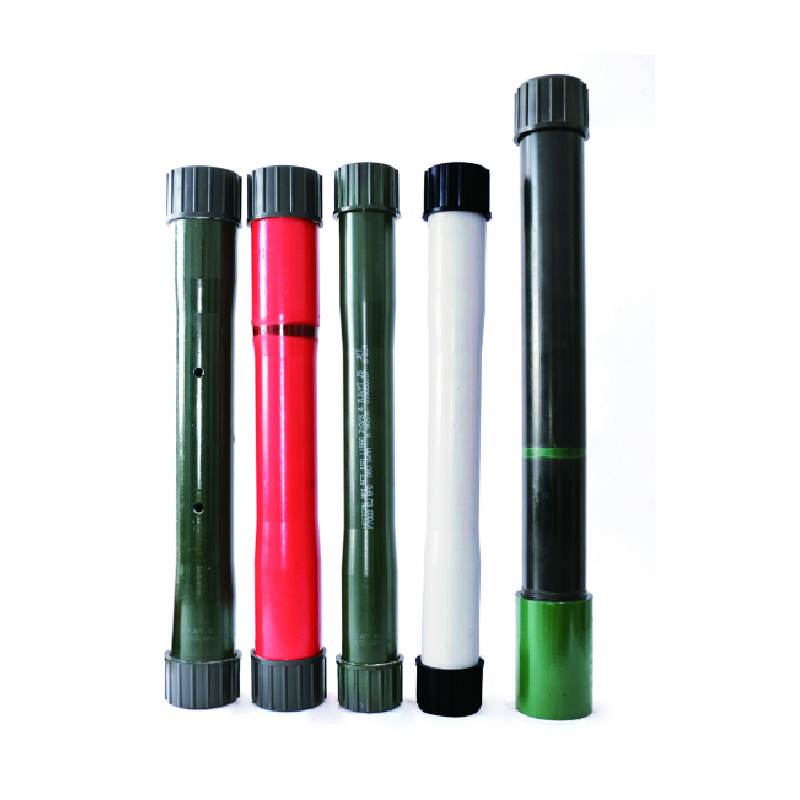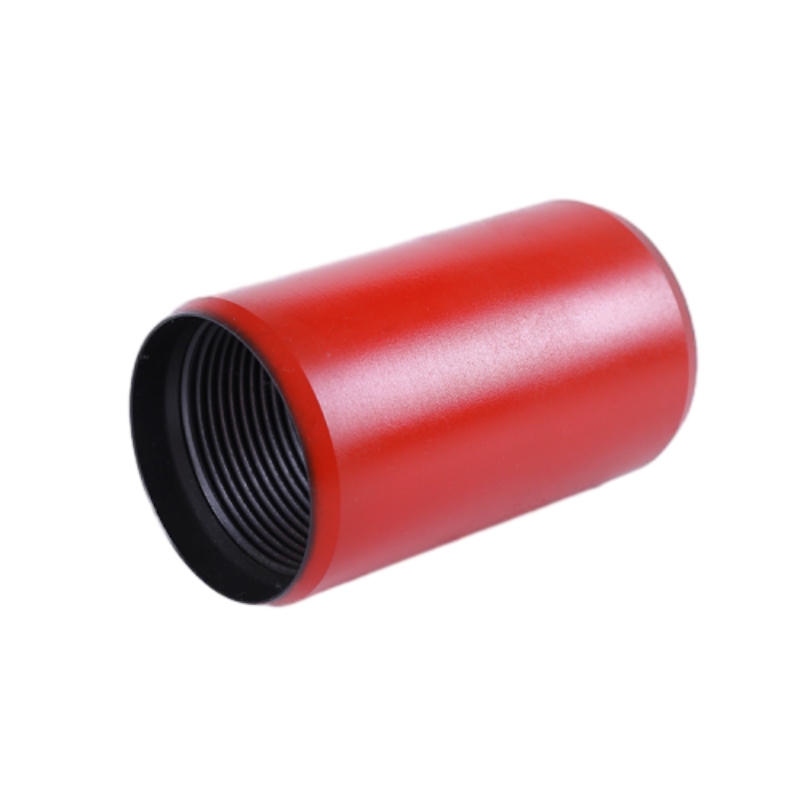Premium Tubing Crossovers for Drilling & Pumping
Understanding Tubing Crossovers: A Critical Component in Downhole Operations
The oil and gas industry continually seeks innovations to enhance drilling and production efficiency, reliability, and safety. Among the myriad components essential for these operations, the tubing crossover stands out as a critical element. This specialized connection facilitates the transition between different tubing sizes or thread types within a wellbore, ensuring seamless integration of various downhole tools and equipment. Its primary function is to provide a robust, pressure-tight seal, accommodating changes in the well string design, from the surface to the deepest formations. Understanding the evolving landscape of these vital components, including advanced materials, precision manufacturing, and application-specific designs, is paramount for B2B stakeholders in the petroleum, petrochemical, and related sectors. As the industry pushes towards more complex drilling environments, the demand for highly reliable and adaptable crossover solutions continues to grow, driving technological advancements and specialized engineering.
Current industry trends highlight a significant move towards high-strength alloys and corrosion-resistant materials, driven by the increasing exploration of unconventional resources and operations in harsh environments, such as high-pressure, high-temperature (HPHT) wells and sour gas fields. Digitalization also plays a role, with advanced simulation tools used in design and performance prediction. Moreover, there's a growing emphasis on modular designs and rapid customization capabilities to meet diverse operational demands quickly. This shift reflects a broader industry commitment to reducing non-productive time (NPT) and enhancing operational integrity. The specialized requirements of various downhole tools, such as those associated with a pump seating nipple installation or specific crossover sub drilling applications, necessitate the precise engineering and manufacturing of these adaptors to maintain operational efficiency and safety across the entire wellbore assembly.
Precision Manufacturing and Material Selection for Tubing Crossovers
The manufacturing of a high-quality tubing crossover is a complex process demanding precision engineering and stringent quality control at every stage. It typically begins with the selection of premium-grade raw materials, primarily high-strength steel alloys such as AISI 4140, 4130, or specialized corrosion-resistant alloys like Duplex Stainless Steel or Inconel for sour service applications. These materials are chosen for their superior yield strength, tensile strength, and resistance to environmental degradation, crucial for enduring the extreme pressures, temperatures, and corrosive fluids encountered downhole. The initial stage often involves forging, which refines the grain structure of the metal, enhancing its mechanical properties and fatigue resistance. This creates a robust blank, superior in strength compared to traditional casting methods, which can introduce porosity.

Following forging, the blanks undergo extensive CNC (Computer Numerical Control) machining. This highly precise process carves the exact dimensions, intricate thread profiles, and sealing surfaces required for a perfect fit and leak-proof connection. CNC machining ensures tolerances are met with extreme accuracy, critical for maintaining well integrity. Heat treatment processes, such as quenching and tempering, are then applied to optimize the material's hardness, ductility, and toughness, ensuring the component can withstand dynamic loads and cyclic stresses during operation. Surface treatments, including phosphating or specialized coatings, may also be applied to enhance corrosion resistance and reduce friction, extending the product's lifespan significantly. Each step is meticulously monitored to comply with international standards such as API 5CT for casing and tubing, ISO 9001 for quality management, and ANSI standards for thread dimensions, guaranteeing interoperability and reliability across global operations. The rigorous adherence to these specifications ensures that each crossover drilling tool performs reliably under the most demanding conditions, whether for general well completion or specialized applications like connecting different components of a drill pipe crossover assembly.
Technical Specifications and Performance Parameters
The technical efficacy of a tubing crossover is defined by a comprehensive set of parameters that dictate its suitability for specific downhole applications. These specifications encompass dimensions, material grades, thread types, and pressure ratings, all of which must align with the operational demands of the well. Typical dimensions range from 2 3/8 inches to 7 inches in outer diameter, accommodating various tubing and casing strings. Thread types are critical for compatibility and sealing integrity, commonly including API Buttress, EUE (External Upset End), NUE (Non-Upset End), and premium proprietary connections that offer superior sealing and fatigue resistance in challenging environments. The ability to withstand high internal and external pressures, often exceeding 10,000 psi, is a fundamental performance metric.
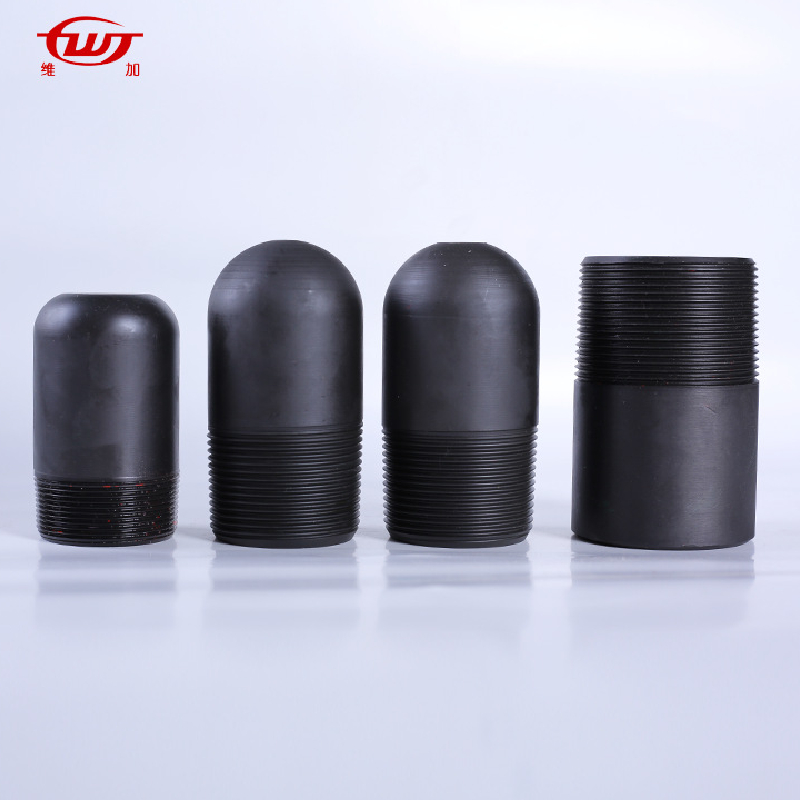
Below is a typical specification table for common tubing crossover products, illustrating the diversity in their technical attributes. This data helps engineers and procurement specialists select the most appropriate crossover for their specific well conditions, ensuring optimal performance and safety throughout the well's lifecycle.
| Parameter | Typical Range/Value | Relevant Standard |
|---|---|---|
| Outer Diameter (OD) | 2 3/8" to 7" (60.3mm to 177.8mm) | API 5CT |
| Material Grade | J55, K55, N80, L80, P110, Q125, 13Cr, 22Cr, G3 | API 5CT |
| Thread Types | EUE, NUE, BTC, LTC, STC, Premium Connections | API 5B, Proprietary |
| Pressure Rating (Max) | Up to 15,000 psi (103 MPa) | ISO 10423 / API 6A |
| Temperature Range | -29°C to 177°C (-20°F to 350°F) | API 6A PSL |
| Estimated Lifespan | 10-20+ years (dependent on operating conditions and maintenance) | Field Data, API RP 14B |
Applications, Advantages, and Case Studies
Tubing crossover components are indispensable across a wide spectrum of oil and gas operations, beyond just the conventional drilling and production. They are vital in well completion, workover operations, artificial lift installations, and specialized applications such as coiled tubing interventions and hydraulic fracturing. In well completion, they facilitate the connection of different sections of the production string, including safety valves, packers, and downhole gauges. For artificial lift systems, such as ESP (Electric Submersible Pump) or sucker rod pumps, appropriate crossovers are crucial for integrating the pump with the production tubing, ensuring efficient fluid extraction. The adaptability of these components makes them suitable not only for petrochemical applications but also for select scenarios in metallurgy, and even some specialized applications in high-pressure industrial fluid transfer in areas like advanced materials processing, though their primary design focus remains on the oil and gas sector. Their ability to manage transitions between varying tubing sizes and thread types is a key advantage.
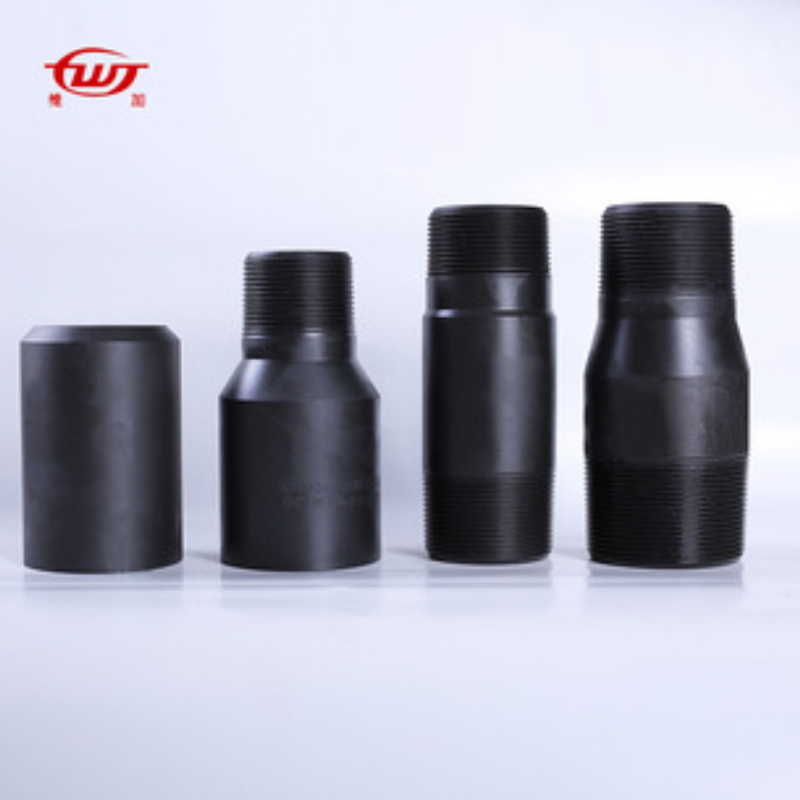
The primary technical advantages of using well-engineered tubing crossover elements include enhanced well integrity, improved operational flexibility, and reduced risk of costly failures. By providing a secure and pressure-tight connection, they mitigate the risk of leaks, blowouts, and environmental contamination. Their precise engineering contributes to energy efficiency by minimizing turbulence and pressure drops within the wellbore, while advanced materials offer superior corrosion resistance, particularly crucial in sour service conditions or wells producing corrosive fluids. For instance, in a recent project for a major E&P company in the Permian Basin, the implementation of customized API 5CT L80 grade crossovers for a complex multi-lateral well significantly reduced installation time by 15% and eliminated potential leak paths identified in earlier designs, leading to an estimated annual operational saving of $500,000 due to reduced workover requirements. This case exemplifies how tailored solutions contribute to both safety and economic benefits.
Choosing the Right Partner: Manufacturer Comparison and Customization
Selecting the right manufacturer for tubing crossover products is paramount for ensuring long-term operational success and mitigating risks. Key differentiating factors among manufacturers often include adherence to international standards, material sourcing transparency, manufacturing precision, testing protocols, and the breadth of customization capabilities. Leading manufacturers typically hold multiple certifications, such as API Q1, ISO 9001, and specific environmental management certifications, demonstrating their commitment to quality and responsible production. While many suppliers offer standard API crossovers, specialized projects often demand bespoke solutions. This is where a manufacturer's engineering expertise and ability to provide customized designs become critical. Custom solutions may involve unique material grades for extreme corrosive or high-temperature environments, specific thread configurations for legacy equipment, or specialized lengths and geometries to accommodate complex downhole assemblies.
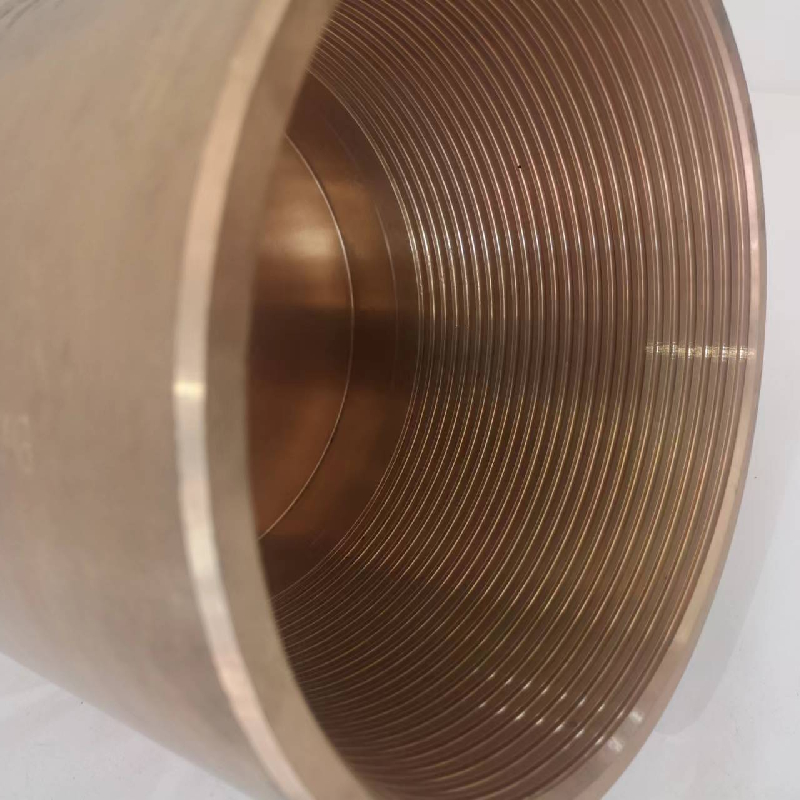
When evaluating suppliers, consider their track record, service tenure in the industry, and customer support infrastructure. A comparison of typical manufacturer offerings might look at their standard lead times versus custom order lead times, their inventory of common sizes, and their engineering support capabilities. For instance, a company like WJ Petroleum, with a significant service tenure and focus on API-spec products, offers robust design and manufacturing capabilities for standard and custom tubing crossover products. They can engineer solutions for unique challenges, providing detailed technical drawings and stress analysis for customized components, ensuring compliance with client-specific requirements and relevant industry standards. Their rigorous hydrostatic testing and non-destructive examination (NDE) protocols provide an added layer of assurance. Engaging with a partner that offers comprehensive technical consultation and after-sales support ensures that the chosen crossover solution not only meets initial design specifications but also performs reliably throughout its operational life.
Ensuring Trustworthiness: FAQ, Delivery, and Warranty
Frequently Asked Questions (FAQ)
-
Q: What is the typical lead time for a custom tubing crossover?
A: Lead times for custom crossovers vary based on complexity, material availability, and manufacturing queue. Generally, it ranges from 4 to 8 weeks, but urgent requests can often be accommodated with expedited options. Standard items typically ship within 1-2 weeks.
-
Q: How are your products tested to ensure reliability?
A: All our tubing crossover products undergo rigorous testing, including material chemical analysis, mechanical property testing (tensile, yield, impact), dimensional inspection, magnetic particle inspection (MPI), ultrasonic testing (UT) for internal flaws, and hydrostatic pressure testing to API specifications, usually 1.5 times the working pressure.
-
Q: What kind of warranty do you offer on your crossovers?
A: We typically offer a standard 12-month warranty from the date of installation or 18 months from the date of shipment, whichever comes first, against manufacturing defects and material failures under normal operating conditions. Extended warranties and service contracts are also available upon request.
Delivery and Logistics
Efficient delivery and robust logistics are crucial for B2B operations. We work with established freight forwarders and logistics partners to ensure timely and secure delivery of tubing crossover products worldwide. Our process includes meticulous packaging to prevent damage during transit, comprehensive documentation for customs clearance, and real-time tracking capabilities. We understand the critical nature of lead times in the oil and gas sector and strive to meet agreed-upon delivery schedules, minimizing downtime for our clients. For international shipments, all necessary export certifications and compliance documents are provided.
Customer Support and Service
Our commitment extends beyond product delivery. We provide comprehensive technical support throughout the product lifecycle, from initial consultation and design to installation guidance and post-sales assistance. Our dedicated customer service team is available to address any inquiries, technical challenges, or urgent requirements, ensuring that our clients receive prompt and effective solutions. We also offer on-site technical assistance for complex installations or troubleshooting, reinforcing our role as a reliable partner in your operations.
Authoritative References
- American Petroleum Institute (API) Standards: API 5CT, API 5B, API 6A.
- International Organization for Standardization (ISO) Standards: ISO 9001, ISO 10423.
- NACE International Standards for Corrosion Control in Oil and Gas Production.
- Society of Petroleum Engineers (SPE) Technical Papers on Downhole Tubular Design.
-
Tubing Crossover - API Compatible, Custom Sizes, In StockNewsNov.10,2025
-
Tubing Coupling | High-Strength, Leak-Proof Steel CouplingsNewsNov.10,2025
-
Wholesale API Threading Casing Coupling | API 5CT, Fast ShipNewsNov.10,2025
-
Pup Joint Supplier | API Certified, Custom, Quick ShipNewsNov.10,2025
-
Pup Joint Manufacturers | Precision Machined, Fast DeliveryNewsNov.10,2025
-
Tubing Coupling | Precision Steel, Leak-Proof, Fast DeliveryNewsNov.03,2025
